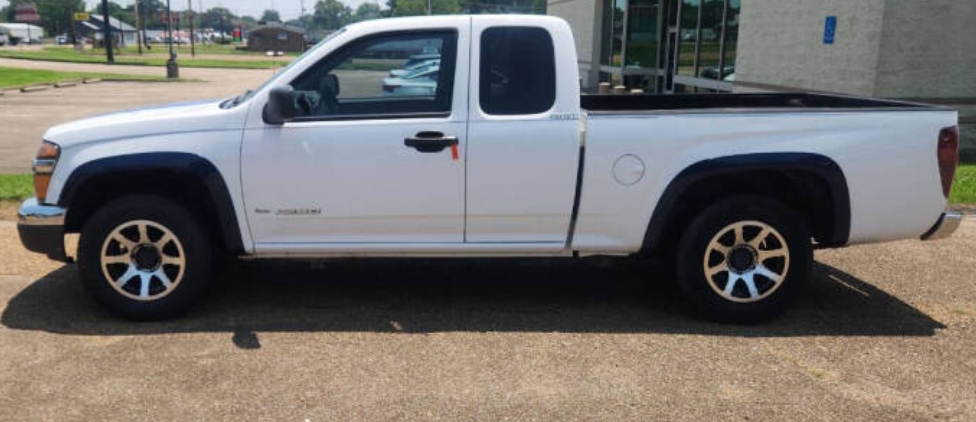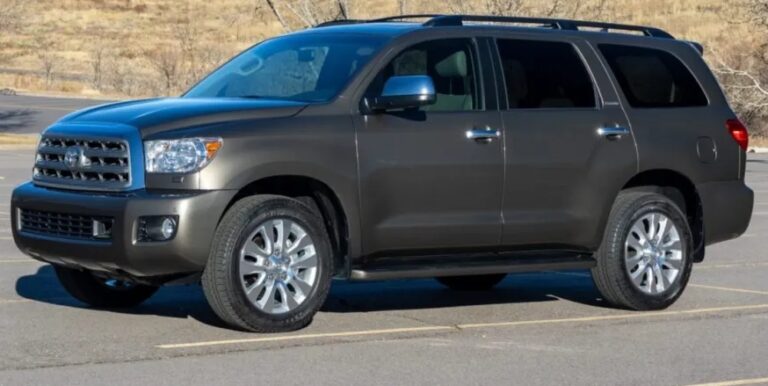The Evolution of the Isuzu i-Series Trucks
The Isuzu i-Series trucks represent a significant chapter in the history of compact pickup trucks in North America. Launched with the aim of providing a versatile, durable, and efficient alternative in the small truck segment, the i-Series was produced from 2006 to 2008. Over its brief lifespan, the model line offered various configurations and trim levels designed to appeal to a broad spectrum of consumers—from work-oriented buyers to those seeking a reliable daily driver. This article explores the development, models, and trim levels of the Isuzu i-Series trucks throughout their production years.
Origins and Development
Isuzu Motors, a Japanese automotive manufacturer renowned for its commercial vehicles and diesel engines, entered the North American compact pickup market with the i-Series in 2006. The trucks were built on the GM/Toyota joint-developed GMT-355 platform, sharing much of their underpinnings with the Chevrolet Colorado and GMC Canyon, as well as the Suzuki Equator, which was introduced later.
The primary motivation behind the i-Series was to offer a rugged, compact truck that could serve both work and leisure purposes, filling a niche that had been largely abandoned by major automakers in the early 2000s. Isuzu’s focus on durability, combined with competitive pricing and a range of configurations, aimed to carve out a niche in a segment that valued practicality and reliability.
The production of the Isuzu i-Series commenced in 2006 and concluded in 2008, marking a relatively short run. Despite its brief lifespan, the truck gained a reputation for solid build quality, especially in its diesel variants.
Production Years and General Overview
| Year | Model Years | Notes |
|---|---|---|
| 2006 | 2006-2008 | Launch year; initial models introduced |
| 2007 | 2007-2008 | Continued production with some updates |
| 2008 | 2008 | Final production year; model line discontinued after this year |
Model Lineup and Trim Levels
Throughout its production, the Isuzu i-Series was available in several trims, each tailored to specific needs:
- S Trim: The base model, emphasizing utility and affordability, suitable for commercial or basic personal use.
- SE Trim: An upgraded version with additional comfort and convenience features.
- LS Trim: The most fully equipped version, offering premium features, comfort, and style.
In addition to trim levels, the i-Series was available with various cab configurations, bed lengths, and drivetrain options to suit different customer preferences.
Detailed Breakdown of Models and Trim Levels
2006 Isuzu i-Series
Introduction and Initial Offerings
The 2006 model marked the debut of the i-Series in North America, with the following configurations:
- Body Styles: Regular cab, Extended cab (called “Crew Cab” in some markets)
- Bed Lengths: 6-foot (standard) and 5-foot (short bed)
- Drivetrain: Rear-wheel drive (RWD) standard; Four-wheel drive (4WD) available
- Engines: A 2.8-liter four-cylinder diesel engine (common in the lineup) and a 3.5-liter V6 gasoline engine
Trim Levels
- S: Basic work truck with minimal features
- SE: Added features like upgraded interior materials, improved audio systems, and optional 4WD
- LS: Top-tier trim with leather upholstery, power accessories, and additional comfort features
The 2006 models focused heavily on durability, with the diesel engine valued for its fuel economy and torque, especially in commercial applications.
2007 Isuzu i-Series
Model Refinements
The 2007 model year saw minor updates, mostly in terms of available packages and standard equipment. Notably, Isuzu introduced a new diesel engine option—a 2.5-liter four-cylinder turbo diesel in some markets, although in North America, the 2.8-liter remained standard.
Trim and Features
- The S trim continued to serve as the base, with a focus on affordability and utility.
- The SE trim offered additional convenience features like air conditioning, upgraded audio, and alloy wheels.
- The LS trim remained the most equipped, adding leather seats, cruise control, and power accessories.
Availability
The 2007 model year maintained the same body styles and drivetrain options as 2006, with slight enhancements in interior quality and optional packages.
2008 Isuzu i-Series
Final Year and Discontinuation
The 2008 model year was the last for the i-Series. Isuzu announced the discontinuation of the model line due to declining sales and shifting corporate priorities. Despite this, the 2008 trucks retained the core features and configurations of previous years.
Notable Changes
- Introduction of a special edition or package in some regions, emphasizing off-road capabilities and rugged styling.
- Slight updates to standard features, including improved audio systems and safety features.
- The diesel engine remained a highlight, appealing to commercial users and fleet operators.
Trim Levels
The same trim hierarchy persisted:
- S: Basic work-oriented model
- SE: Mid-level with added comfort features
- LS: Fully equipped luxury-oriented version
Drivetrain and Mechanical Specifications
Throughout its production, the Isuzu i-Series was predominantly offered with:
- Engines:
- 2.8-liter four-cylinder turbo diesel (common in diesel variants)
- 3.5-liter V6 gasoline engine
- Transmission Options:
- Five-speed manual transmission
- Four-speed automatic transmission (standard in most trims)
- Drivetrain:
- Rear-wheel drive (RWD)
- Four-wheel drive (4WD) with shift-on-the-fly capability
The diesel engines were especially notable for their durability and fuel economy, making the i-Series popular among commercial users and consumers seeking a reliable work truck.
.
THIS might be a great place to get your new car from!
Or for those who are into the “car flipping” business, here’s an excellent resource for you!

.
Unique Features and Market Positioning
The Isuzu i-Series was distinguished by its:
- Durability: Built on a robust chassis shared with other GM/Toyota vehicles.
- Diesel Powertrain: The availability of a diesel engine set it apart from many competitors.
- Versatility: Multiple cab and bed configurations, along with trim levels, allowed for customization.
- Affordability: Positioned as an economical choice for both work and leisure.
However, its limited production run meant it faced stiff competition from more established models like the Toyota Tacoma, Ford Ranger, and Nissan Frontier.
Legacy and Aftermath
Although the Isuzu i-Series was discontinued after 2008, its influence persisted in the market. Its diesel engine options and durable build quality are still appreciated by enthusiasts and commercial operators. The i-Series also served as a precursor to the later Isuzu D-Max, which continued to build on the brand’s reputation for ruggedness.
In North America, the i-Series remains a relatively rare sight on the roads today, appreciated by collectors and those seeking a unique, no-frills pickup truck.
Conclusion
The Isuzu i-Series trucks’ evolution from 2006 to 2008 highlights a brief but impactful chapter in small truck manufacturing. Offering a range of models and trim levels—including base, mid-range, and fully equipped variants—the i-Series was designed to meet diverse needs. Its focus on durability, diesel efficiency, and versatility made it a noteworthy option during its production years, even if it ultimately had a short lifespan. Today, it stands as a testament to Isuzu’s commitment to producing reliable work trucks and remains a point of interest for automotive enthusiasts and collectors.







